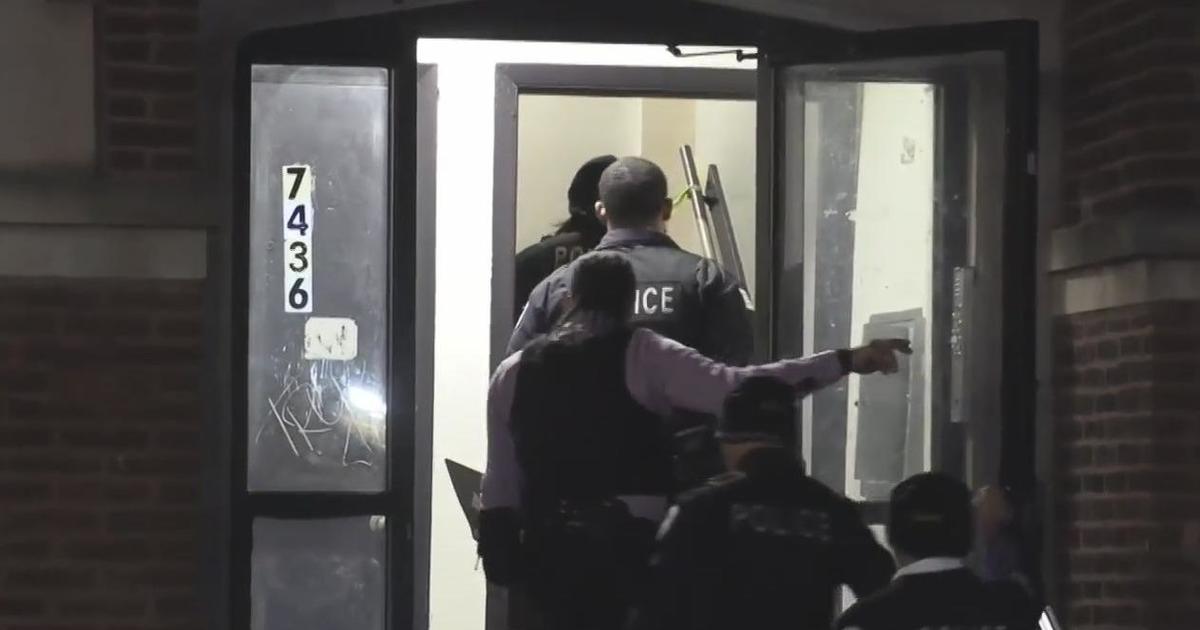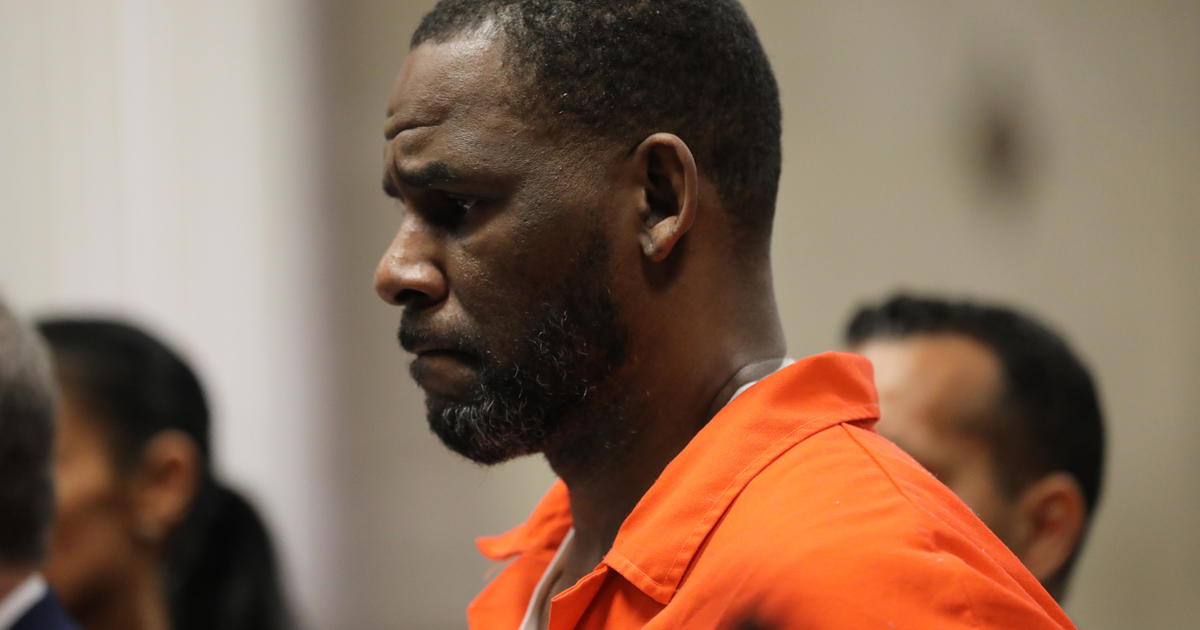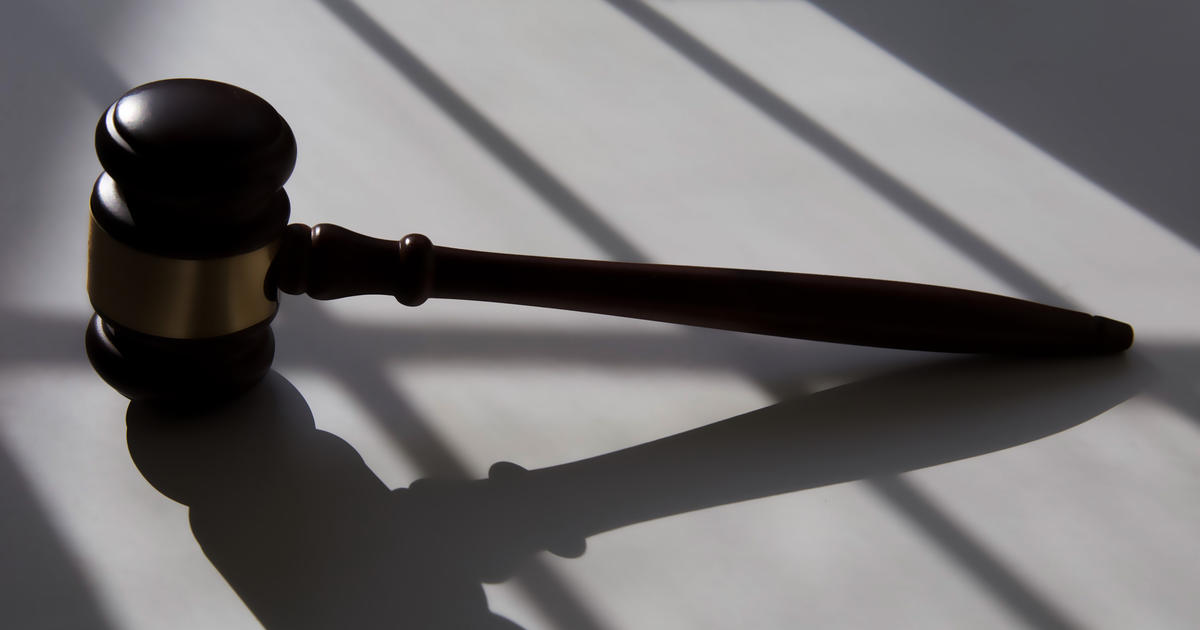Deep Freeze Settles On Chicago
UPDATED 01/21/11 11:29 a.m.
CHICAGO (CBS) -- Chicago woke up Friday to brutally cold temperatures, with dangerous wind chills at 20 below zero or more.
As of the 5 a.m. hour, the air temperature was minus 2 at O'Hare International Airport, minus 3 in Waukegan, and minus 6 in both Aurora and DeKalb.
By 9:45 a.m., the temperature had risen to a balmy 1 degree at O'Hare, and by 11 a.m., it had risen to 2 degrees. The warm spots were Gary, Ind., and Kankakee, where the temperature reached all the way to 9 degrees. In DeKalb during the midday hours, it was still minus 3.
LISTEN: Newsradio 780's Bob Roberts reports
Podcast
The wind chills are even more frigid – to the point of being dangerous. As of the 11 a.m. hour, the wind chill was 12 below at O'Hare, 9 below at Midway, and 8 below in Waukegan.
The worst wind chills were found in Aurora and DeKalb, both at minus 17. Earlier in the morning, the wind chill in DeKalb was minus 24.
The National Weather Service warns that if you don't bundle up, the consequences could be serious. Frostbite and hypothermia may result if you fail to wear a hat and gloves.
The Weather Service also reminds you to bring pets indoors during the deep freeze. They, too, can develop frostbite and hypothermia in dangerously cold weather.
CBS 2 Meteorologist Megan Glaros says the temperatures will only reach about 8 degrees on Friday.
The good news is that conditions are clear and dry, but that won't last either. Glaros says snowfall will come through later Friday night into Saturday morning.
The light, fluffy snow will likely accumulate to a total of less than an inch in most locations.
On Saturday after the low-pressure system pushes through and brings the snow, temperatures will climb back up to 19 degrees.
For the 2 p.m. Bears-Packers kickoff on Sunday, the mercury is expected to read 20 degrees, with a possibility of flurries.
On Thursday, city officials urged Chicago residents to be smart about the frigid weather.
Deputy Health Commissioner Julie Morita said smart Chicagoans will put off any unnecessary trip outside until the weather moderates over the weekend.
"Let it wait," Morita said. "Limit the time you spend outside."
Morita said temperatures in recent days might have lulled some Chicagoans into complacency, but said the below-zero temperatures expected demand respect.
"Wear several layers of loose, warm clothing," she said. "Pay special attention to keeping your head, hands, ears and feet warm. Wear a hat, a scarf, gloves, socks and winter boots. And stay dry, because moisture can defeat the warm effects of your clothing."
Landlords are required to heat buildings to 68 degrees by day and 66 at night. Those needing to get out of the cold can get warm at libraries, police stations and most other public buildings; the city's Family and Support Services Center at 6 S. Kedzie Ave. is open around the clock, and hundreds of extra shelter beds were available last night. To get a ride to a warming center or shelter, find the nearest shelter or report someone in need of shelter, call 311.
Facts About Frostbite And Hypothermia
Temperatures this low can pose a risk for frostbite and hypothermia. Both are serious conditions that can strike easily in extreme cold.
• When blood circulation is impaired by frigid temperatures, frostbite occurs. The first symptoms are a pale appearance and a tingling or stinging sensation, followed by a feeling of pain and discomfort, then numbness. This is a mild form of frostbite, and can be treated by getting to a warm place and trying to bring the affected area to room temperature or a little higher. This can be done by a process as simple as putting frostbitten hands under your arms or using lukewarm water to soak them. But hot water should never be used, and the skin mustn't be rubbed. Warming must be accomplished gradually.
• It is not always easy to predict the severity of frostbite, since it can be several days before the extent of the damage is seen. Skin with mild frostbite turns yellow or grayish, and the affected skin remains soft and pliable, but turns red and flaky as it thaws. But in more severe cases, blisters or sores might develop after one or two days. Never break the blisters.
• A deeper frostbite will turn purple or blue upon thawing. Anyone with those symptoms must seek medical attention immediately. Treatment will usually involve an antibiotic cream for the skin. But the most serious consequence of frostbite may be amputation.
• Hypothermia is a contributing factor in more than 25,000 deaths in the U.S. annually. Watch out for such symptoms as stiff muscles, shivering, a puffy or swollen face, cold skin, slowed breathing, impaired physical coordination, and mental confusion and irritability. If you are experiencing such symptoms, get to warm shelter and call 911 for emergency aid.
• Call 911 if you see a hypothermia victim, and be careful in handling the person, since the heart is extremely weak when the body is cold. The hypothermia victim should be insulated with blankets or any available covering – even newspapers – but should never be re-warmed using hot water bottles, electric blankets, or other thermal heat sources. The victim should not get any food or drink, and the feet should not be elevated. That can cause cold blood to flow into the core of the body and lessen what heat may be left.



